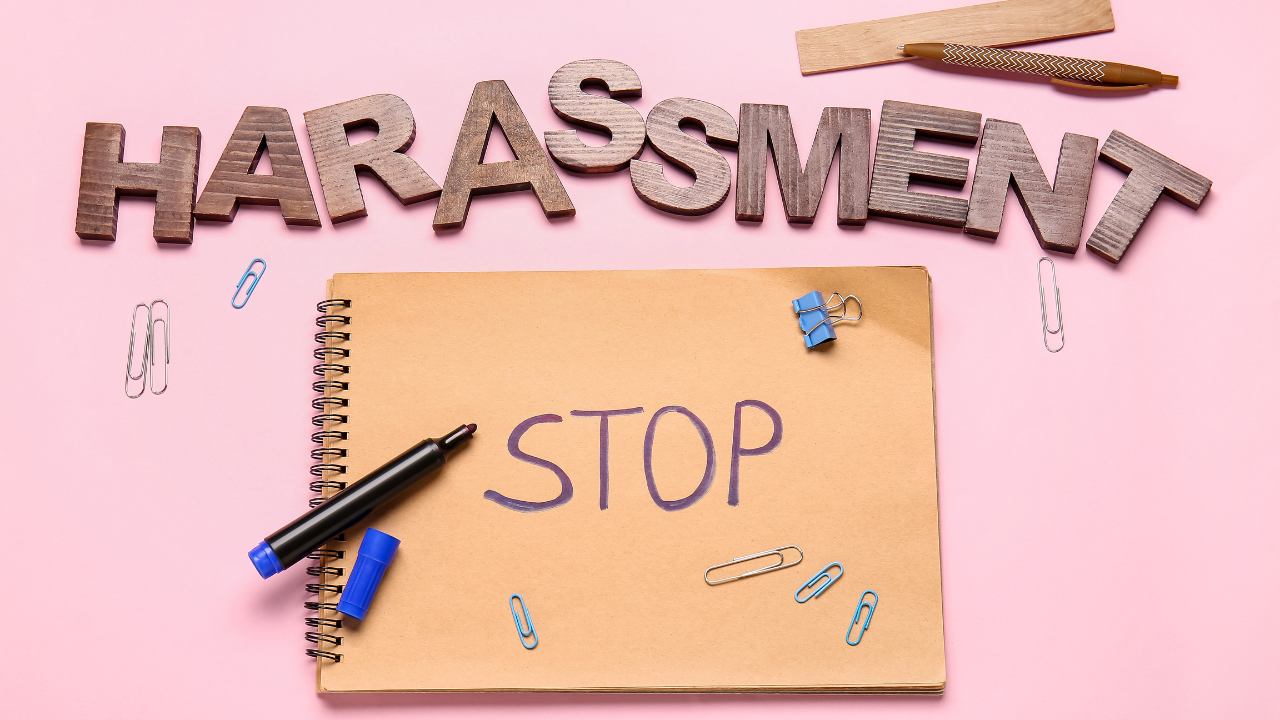2025.08.20
What Changes with the Customer Harassment Prevention Ordinance? An Overview of Corporate Responses and Education

In recent years, excessive complaints and unreasonable demands from customers and business partners have caused employees to suffer serious mental and physical damage, known as "Customer Harassment (Casual Harassment or CasHara)," which has become a major social issue. In particular, with the enforcement of the CasHara Prevention Ordinance in Tokyo in April 2025, stronger responses from companies are being required.
However, in reality, many responsible persons may not clearly understand what kind of behavior constitutes customer harassment or how to respond to it. We have entered an era where companies are practically required to establish an environment and educational system from labor and legal perspectives.
This article provides a detailed explanation not only of the definition and background of customer harassment (casual harassment) but also of the legal systems and ordinances addressing it, as well as the practical measures and educational methods that companies should implement.
Table of Contents
1. What is Customer Harassment? Perspectives Indicated by the Ordinance
2. Background Behind the Issue of Customer Harassment
3. Impact of Customer Harassment on Companies
4. What is the Tokyo Customer Harassment Prevention Ordinance? (Effective 2025)
5. Measures Required of Companies
6. Key Points to Keep in Mind for Education and Training
7. Introducing the Best Educational Materials as a First Step in Customer Harassment Countermeasures
1. What is Customer Harassment? Perspectives Indicated by the Ordinance
The "Customer Harassment Prevention Ordinance" enacted in Tokyo in April 2025
classifies nuisance behaviors that severely harm employees' working environment as issues that businesses must address.
The Ministry of Health, Labour and Welfare also defines these as "significant nuisance behaviors from customers, etc.," and the ordinance requires companies to handle this at the practical level.
Specific behaviors anticipated by the ordinance include the following.
・Excessive demands for apology without justifiable reason
・Verbal abuse or threats that deny a person's dignity
・Unreasonable demands beyond the scope of work
・Long hours of detention or intimidating behavior
・Defamation through SNS, etc. (so-called “digital customer harassment”)
It is important to note that these are not merely "customer service troubles," but are social issues that companies should address as part of their institutional responsibilities.
2. Background of the Customer Harassment Issue

The background behind the growing concern over customer harassment includes increased awareness of workers' mental health and labor shortages in the service industry.
There is also an aspect where the structure of companies placing too much emphasis on “customer satisfaction” leads to excessive demands on employees, which in turn exacerbates the damage caused by customer harassment. Additionally, new forms of harassment have emerged, such as defamatory remarks made anonymously on the internet, increasing the complexity of responses.
3. Impact of Customer Harassment on Companies
Customer harassment not only causes stress to individual employees but also has serious effects on the entire organization.
・Increase in employees' mental health issues and turnover
・Decline in overall workplace motivation
・Deterioration of service quality and customer satisfaction
・Damage to corporate image and increased risk of litigation
In particular, urgent measures are necessary in occupations with frequent customer interactions such as customer service, sales, and telephone support.
4. What is the Tokyo Metropolitan Customer Harassment Prevention Ordinance? (Effective 2025)
From April 1, 2025, Tokyo will implement the nation’s first "Customer Harassment Prevention Ordinance."
This ordinance prohibits acts such as abusive language, threats, and excessive demands without justifiable reasons by customers, and imposes a duty of effort on businesses to create guidelines and establish systems to prevent customer harassment.
Specifically, it recommends the preparation of internal manuals, employee training, customer warnings, and the establishment of recording systems.
Although the ordinance does not include penalty provisions, failure to respond appropriately may lead to a decline in corporate reputation and trust, effectively requiring the establishment of systems in cooperation with legal and labor departments.
5. Measures Required of Companies
To protect employees from customer harassment, the following organizational measures are important.
・Establishing internal rules for dealing with customer harassment (manuals, guidelines, etc.)・Setting up consultation desks for employees
・Training and education for managers and frontline staff
・Raising awareness among customers (posters, website notices, etc.)
・Collaboration with external organizations (lawyers, labor consultants, counselors, etc.)
It is also important to clearly define the reporting procedures and recording methods when experiencing customer harassment.
Furthermore, establishing responses based on guidelines from local governments and the Ministry of Health, Labour and Welfare is effective as a measure against potential lawsuits or administrative guidance.
In particular, Tokyo's ordinance is highly likely to spread nationwide in the future, and it can be said that a response stance as a "corporate responsibility" beyond mere customer service rules is being demanded.
6. Key Points to Keep in Mind for Education and Training
To effectively advance measures against customer harassment, education for employees working on the front lines is also indispensable.
In education, it is important to cover the following points:
・Clearly convey the definition and specific examples of customer harassment
・Mindset to avoid getting emotionally involved
・Risks of harassment from a legal perspective
Education and training not only enhance employees' sense of security but also serve as legal evidence that the company is implementing measures to prevent customer harassment.
Especially after the enforcement of the Tokyo Metropolitan Ordinance, recording implementation histories and updating training materials are also important as part of compliance with laws and regulations.
>e-Learning Material: STOP! Customer Harassment - Basic Knowledge of Customer Harassment ->
7. Introducing the Best Educational Material for the First Step in Customer Harassment Countermeasures
Using e-learning materials is highly effective as an educational method to share accurate knowledge of customer harassment within the company.
Our company offers the training material "STOP! Harassment - Basic Knowledge of Customer Harassment", which also complies with the Tokyo Metropolitan Ordinance.
This material allows you to learn about the definition of customer harassment, typical behaviors, judgment criteria, the responses companies and employees should take, and case studies in about 30 minutes.
Please make use of this as a first step for your organization to address this "new form of harassment," alongside power harassment, sexual harassment, and maternity harassment.
Additionally, Human Science offers a variety of training materials ranging from business manners to courses on utilizing generative AI.
Human Science e-Training Material Manuscript Sales
We also support customization and multilingualization for each company, so please feel free to contact us if you have any requests.
List of Reference URLs
・Ministry of Health, Labour and Welfare "Customer Harassment Countermeasure Corporate Manual"
・Tokyo Metropolitan Government "Customer Harassment Prevention Ordinance Portal Site"












